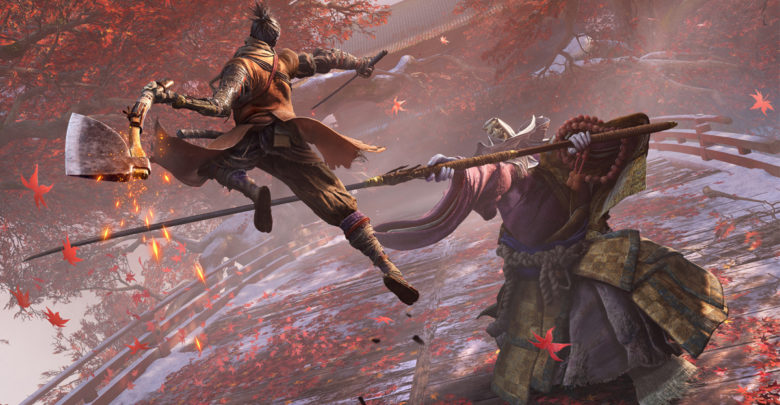Video Game Review: “Sekiro: Shadows Die Twice”
Sekiro: Shadows Die Twice may be a difficult game to play, but the difficulty level adds to the experience
 From Software
From SoftwareSekiro: Shadows Die Twice
The plot takes patience to understand while playing, because the developers throw the player right into the fire. The player learns they are a shinobi named “Wolf.” A shinobi is a warrior who uses stealth as a combat tool, so basically, a ninja. In feudal Japan, ninjas were seen as dishonorable because Samurai culture dominated the political and ideological landscape. What makes Wolf unique from a ninja or regular shinobi is that he fights for his master’s life as if it was his own, and not for personal gain or money. The game starts with you attempting to save a boy named Kuro, who is “the Divine heir,” from Genichiro Ashina. Genichiro wants to use Kuro’s bloodline to create an infinite army and essentially rule forever. So, as Kuro’s shinobi, Wolf has to do everything he can to stop that from happening.
The creativity of the game is in your face, and that’s the way it should be. Each new boss is so different and exciting because the player must change up their fighting style and use new unlockable tools to progress further. It’s very frustrating, and at times feels too difficult, until you eventually accept that you need to adapt in order to succeed.
In terms of gameplay, there is a very steep learning curve. Learning the timing to parry the enemy attacks is definitely the most time-consuming component —mostly because there’s a high variety in enemy types all with varying attack timings. Every time you die, you respawn at various statues along the way in the area. So, there’s a linear progression that protects your sanity slightly, but every time you sit at a shrine, all the enemies in the area respawn (except for bosses). The difficulty of the game creates an interesting dynamic with the players. Most players will enjoy the game regardless of their completion, and others don’t like the challenge and label it “too hard.” The latter is known to demand things like “easy mode”, which in my opinion, completely defeats the purpose of the game.
A lot of the bosses and characters are based on myths and legends from Japan, which makes it all the more enjoyable. The dialogue is in Japanese by default, with subtitles in whichever language you choose. There is the option to change the dialogue to English, but to me, it sounds ridiculous and phony, almost as if part of the game is missing.
Overall, Sekiro is a top-tier single player game that won the Game of the Year 2019. The difficulty level makes it even more rewarding. Every From Software release is pretty much going to end up with hype on Twitch and other gaming outlets — and it deserves every bit of recognition it gets. There will most likely never be a sequel to Sekiro: Shadows Die Twice; however, From Software’s next title is supposed to be coming out this March.




